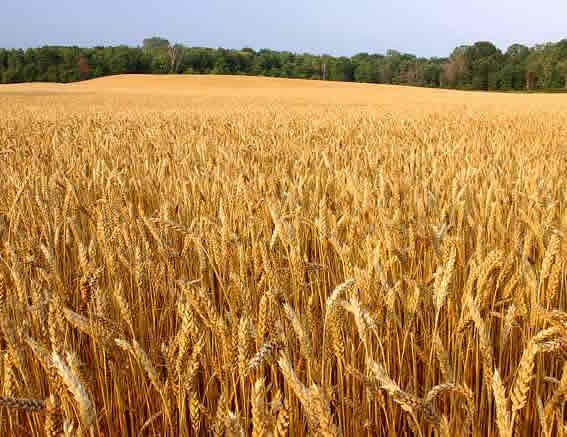The drought-hit regions of northern and central India, all the way up to Pakistan, are staring at lower food output and high prices as the region is set to receive lower than normal rainfall due to the El Nino weather pattern in the second half of the year.
The trend is likely to affect cereal and oilseed crops across Asia with the forecast of hot, dry weather.
Chris Hyde, a meteorologist at US-based Maxar, said the central and northern parts of India are facing drought, so even slightly below-normal precipitation is likely to pose risk to crops.
High temperatures are likely to impact vast swathes of farmland in Australia, Southeast Asia and India, while some growing regions in North and South America are likely to see more crop-friendly weather as there is more than a 50 per cent chance of the El Nino phenomenon occurring, meteorologists said.
The threat from dry weather to food production in Asia comes after grain and edible oil prices climbed to historic highs in 2022 as the Russia-Ukraine war and Covid-19 disrupted world supplies.
“At present, the global grain market is historically tight and thus liable to sudden upward price movements on negative supply-side developments,” Charles Hart, a commodities analyst at Fitch Solutions in London, said.
“The strains of the Covid era and the poor harvests of 2022 will be felt beyond 2023 as inventories are replenished over time.”
La Nina weather, characterised by unusually cold temperatures in the equatorial Pacific Ocean, has ended and El Nino, a warming of ocean surface temperatures in the eastern and central Pacific, is expected to form during the northern summer, according to US and Japanese weather forecasters.
While La Nina brings cool and wet weather to parts of Asia, El Nino is typically associated with heat and dryness in the region.
In North and South America, the weather tends to be favourable for crops during El Nino, although there are likely to still be pockets of adverse weather lingering.
Hot dry weather
A dry winter in central and western parts of Australia could stress the wheat crop in the world’s second-largest exporter of grain. The country produced record wheat crops for the last three years, thanks to higher-than-normal rainfall brought by the La Nina weather.
In Southeast Asia, crucial for palm oil and rice exports, forecasters are expecting slightly below normal precipitation in June-August, although the region has ample soil moisture after heavy rains in recent months.
“It will take a while for dry weather in Southeast Asia to have an impact on palm oil and rice production,” Hyde said.
China, US and Argentina
Typically, China sees dryness in its corn growing northern region and more precipitation in the soybean producing northeast during El Nino.
For the United States, the weather is expected to be favourable for the wheat crop.
“In the southern Plains, parts of Kansas, Oklahoma and Texas in particular, those areas do tend to do a lot better, when it comes to rainfall, in an El Nino year,” Illinois state climatologist Trent Ford said.Argentina, which is facing a historic drought, could also see improved weather.
























